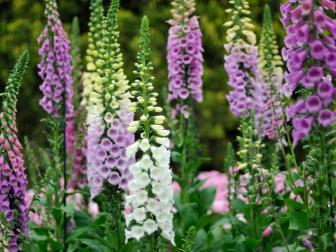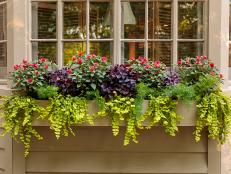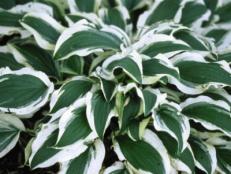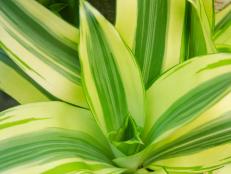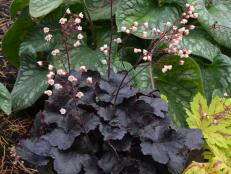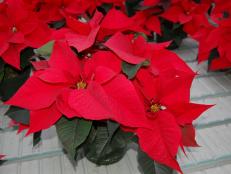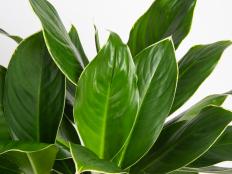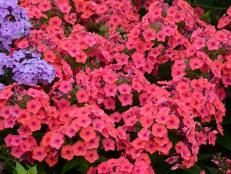Growing Christmas Ferns
Staying green deep into winter's chill, these evergreen ferns bring color to your garden when every other living thing has turned brown.

Longfield Gardens
Christmas ferns make a great addition to a woodland garden.

The Christmas fern is one of the most popular evergreen ferns. It takes its name from its ability to stay green deep into winter, well past Christmas. It’s native to most of eastern North America, a member of the wood fern family and can be grown outdoors or indoors.
16 Fabulous Indoor and Outdoor Ferns 16 Photos
Different types of ferns add texture and interest to your home and garden, whether they mingle with other plants or stand alone as beautiful specimens.
Christmas fern's leaves, or fronds, grow from a central crown and reach 1 to 2 feet tall. In the spring, silvery fiddleheads (baby ferns) emerge from the mature clump. Though often used as a groundcover, Christmas fern grows in clumps, so it won’t form a continuous carpet like some types of ferns. It won’t spread, so if you want a fern that stays in its place and doesn’t take over a bed, Christmas fern is a good choice.
Botanical Name: Polystichum acrostichoides
Common Name: Christmas Fern
Bloom Time: Prized for its foliage
USDA Hardiness Zones: 3 to 9
Planting Christmas Ferns
Start with plants, not seeds. Christmas ferns reproduce via spores, so unless you’re up for a master class in seed starting, go with starter plants.
Pick a spot that doesn’t get direct light. Like all ferns, Christmas fern needs full to partial shade. It will tolerate some sun so a spot under a tree canopy is ideal. That’s how they grow in their native habitat — forest floors, under the trees. If they get too much sun, Christmas ferns get pale and stunted.
Plant Christmas ferns after the last frost, in early spring. Space the plants 18 inches apart so they won’t be crowded when they reach their mature size.
22 Lush Plants for Your Shade Garden 22 Photos
Turn a shady spot into a thriving garden with our favorite, shade-loving plant picks.
Plant them in rich, well-drained soil that’s on the acidic side, less than 6.8. They don’t do well in clay soils or in standing water.
After planting, mulch the ferns with a 4-inch layer of pine straw, shredded bark, or leaf mulch to protect plant roots and hold in moisture.
Caring for Christmas Ferns
Once established, Christmas ferns are easy to care for, needing minimal water or help from you.
Feed them once a year with a fertilizer formulated for acid-loving plants.
Even though the plant has rhizomes, it won’t spread or naturalize. If you want the plant to spread, dig up some clumps of establish fern and move them where you want them.
Christmas fern reproduces by spores. In the spring you’ll see baby fern leaves, called fiddleheads, rise from the base of the fronds.
Remove fronds that get damaged or turn brown. You don’t need to prune Christmas ferns.
Growing Christmas Ferns Indoors
Ferns have been a popular houseplant since the Victorian era, and Christmas ferns can come indoors and live with you. They’re not as low maintenance when you bring them inside, but that’s true of all plants.
Your Christmas fern will be happiest in front of a window that gets morning sun and afternoon shade. Plant it in a hanging basket for the best results. Mist its fronds once a week with a spray bottle to increase humidity.
Pro Tip: Put your Christmas fern in a steamy bathroom by a window and you can skip the weekly misting.
Pests and Diseases
Christmas fern has no serious problems with insects or disease. Too much water is its biggest enemy. Poorly drained soil can lead to crown rot, especially in the winter.
Recommended Uses for Christmas Ferns
Christmas ferns are ideal for woodland gardens, shade gardens and shady borders. They look good planted as a groundcover, along walls or building foundations in shady areas, and they’re good for massing on slopes to stop soil erosion.







